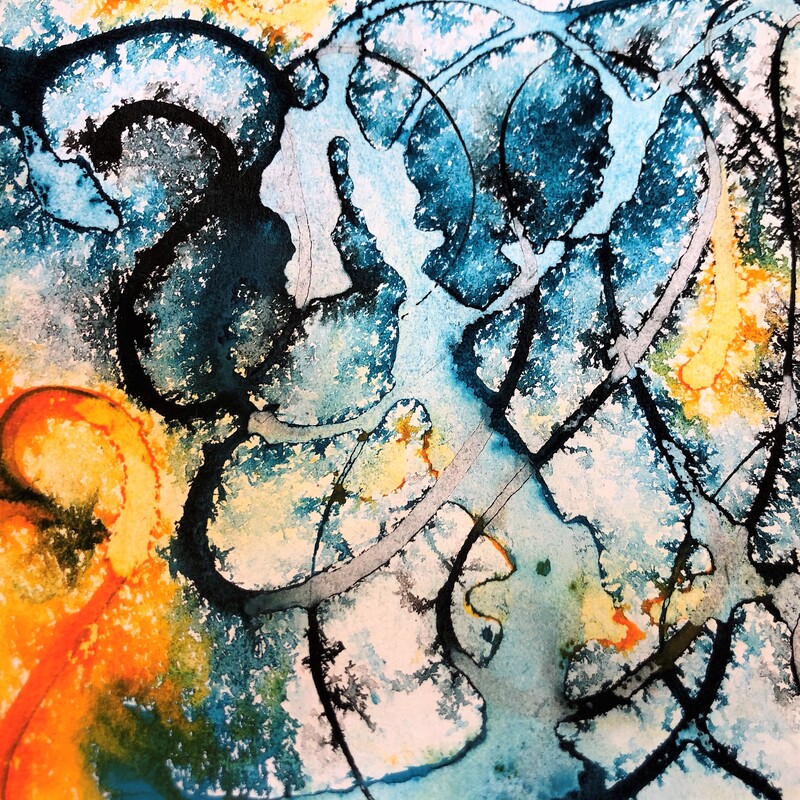

The go-to technique for generating new artwork using the style of other existing art is through Generative Adversarial Networks. Neural networks can be used to create images or videos that mimic the style of a particular artist or to create images or videos that are similar to a particular type of art. There are various ways in which AI is used to create art.ĪI algorithms can generate images or videos based on a set of parameters or create new images by combining and altering existing images.

How AI is used to create art, including the use of algorithms and neural networks Examples of AI-generated specimens in Artificial Natural History are shown below.ĪI-generated specimens in Artificial Natural History Such art plays with the endless diversity that nature offers, of which we still have limited awareness.
Textual art series#
One interesting example of recent AI used for creating art is the “Artificial Natural History” (2020), which is an ongoing project that explores speculative, artificial life through the lens of, what the author Sofia Crespo calls, a “natural history book that never was.”Ĭrespo essentially formed a distorted series of creatures with imagined features that require entirely new sets of biological classifications. AI-generated art is also used to create new forms of music and poetry. AI algorithms are used to create realistic images and animations. Today, AI-generated art is used in various fields, including advertising, architecture, fashion, and film. Robots were programmed to create paintings and sculptures. AI-generated art also began to be used in the field of robotics. Artists started using AI algorithms to generate music and create new forms of poetry. In the 1990s, AI-generated art began to be used for more than just visual effects. Painting made by AARON, developed by Harold Cohen, Source Initially, AARON created abstract paintings, which grew to be more complex art through the 1980s and 1990s, including (chronologically) drawings of rocks, plants, and humans. He found that he had set up commands that allowed the machine to make something like artistic decisions. For example, in 1973, artist Harold Cohen developed a set of algorithms, collectively known as AARON, that allowed a computer to draw with the irregularity of freehand drawing.ĪARON was programmed to paint specific objects, and Cohen found that some of his instructions generated forms he had not imagined before. This allowed for more complex and realistic images to be created.
Textual art software#
In the 1970s and 1980s, AI-generated art began to be used more extensively in computer-aided design (CAD).ĬAD software allows designers to create and manipulate three-dimensional shapes on a computer. Nake commonly used random number generation in his work of this period, and, likely, his multiplication process was partly automated. These signs were then placed in a raster according to the values of the matrix.

Nake produced a square matrix and filled it with numbers, which were multiplied successively by itself, and the resulting new matrices were translated into images of predetermined intervals.Įach number was assigned a visual sign with a particular form and color.


 0 kommentar(er)
0 kommentar(er)
